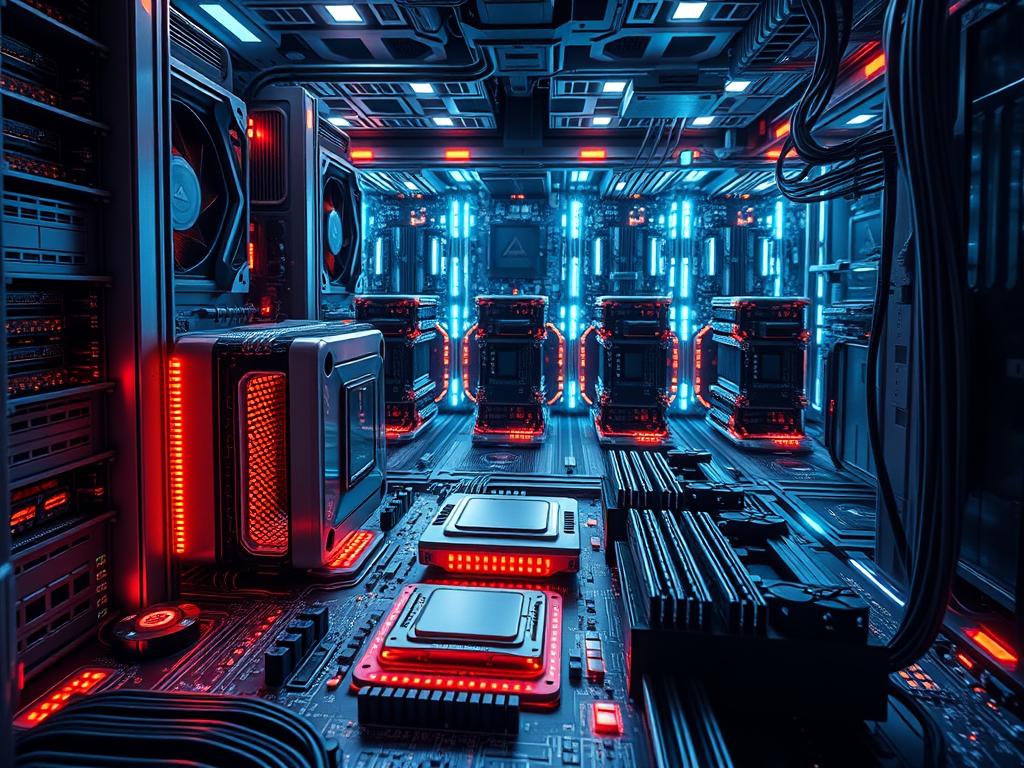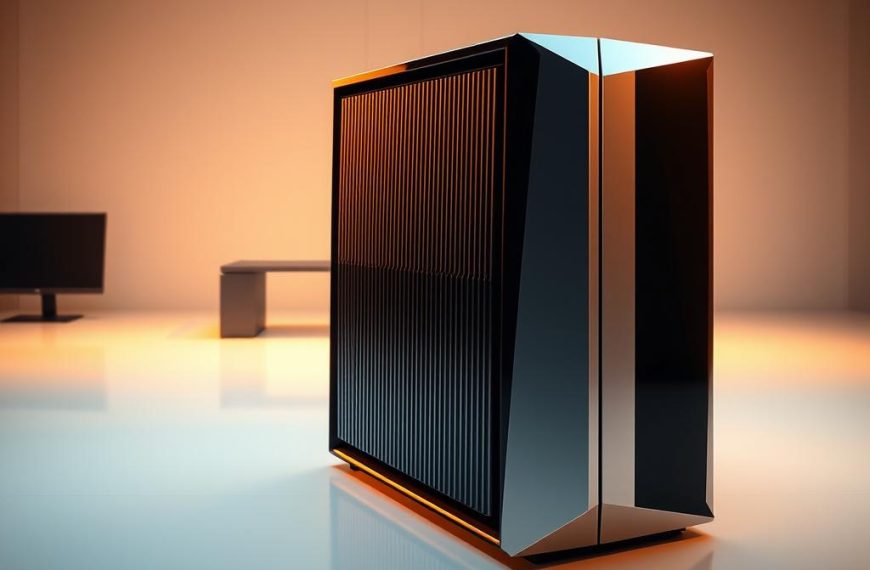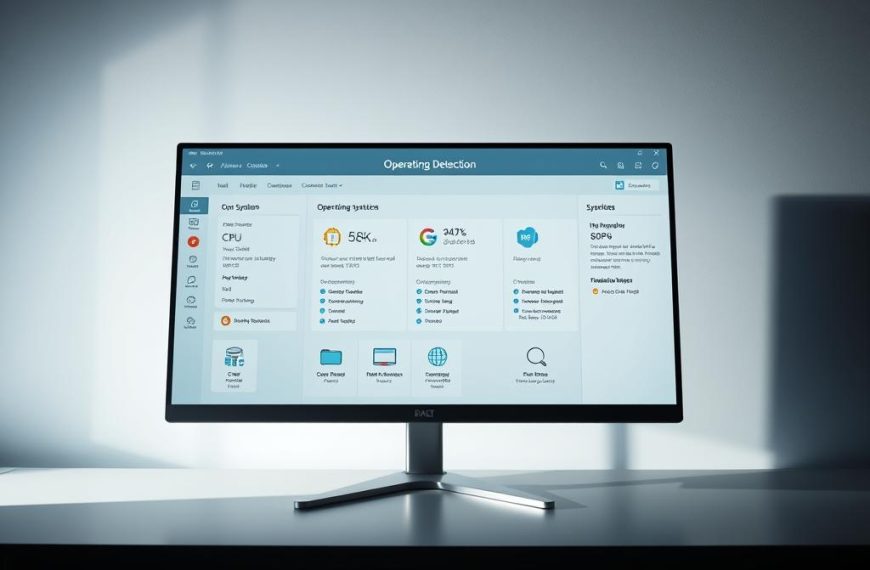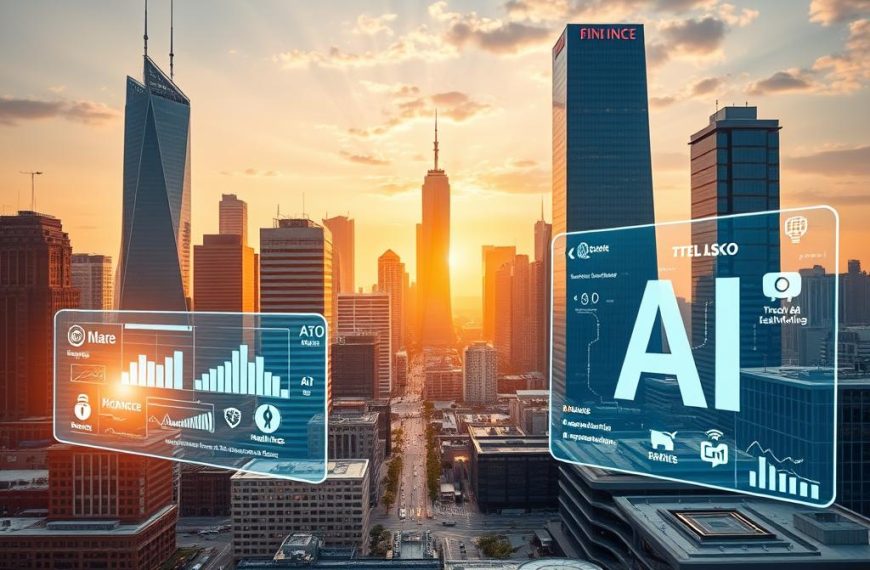Computational systems are the heart of digital innovation. They’re advanced devices that turn raw data into useful insights. These systems use maths and algorithms to process information quickly and accurately.
These machines have made remarkable strides in technology. The Logic Theorist program proved maths theorems. IBM’s Deep Blue beat chess champion Garry Kasparov.
Computational systems excel at solving complex problems. AlexNet made breakthroughs in image classification. DeepMind’s AlphaGo defeated world-class players in the game of Go.
These systems are based on the computational theory of mind. They use discrete processing to turn abstract ideas into workable models. This merges maths, logic, and tech innovation.
Computational systems are changing how we process information. They’re reshaping our understanding of tech progress. These systems are also altering how humans and machines interact.
Understanding the Fundamentals of Computational Systems
Computational systems are innovative technologies that transform information processing and analysis. These remarkable systems have evolved dramatically. They reshape our approach to solving complex problems across various fields.
Computational systems are sophisticated mechanisms for intricate information processing tasks. They combine hardware and software to perform calculations and manage data analysis.
These systems generate meaningful insights with remarkable precision. They are the backbone of modern technological advancements.
Definition and Fundamental Concepts
A computational system solves mathematical or logical problems through structured processing. It can receive complex input and process information systematically.
These systems generate accurate computational components. They also produce meaningful output for various applications.
- Ability to receive complex input
- Process information systematically
- Generate accurate computational system components
- Produce meaningful output
The Evolution of Computational Processing
Computational processing has come a long way, showcasing human ingenuity. From mechanical calculators to quantum computers, these systems have undergone exponential transformation.
| Era | Computational Milestone |
|---|---|
| 1930s | Computing emerges as an academic discipline |
| 1980s | Computational thinking paradigm emerges |
| 2000s | Advanced machine learning integration |
Role in Modern Technology
Modern computational systems are crucial to technological progress. They power everything from smartphone applications to complex scientific research.
These systems enable unprecedented levels of data analysis. They solve problems across industries, driving innovation and efficiency.
Computational systems represent the intersection of mathematics, technology, and human creativity.
Core Components of a Computational System
Computational systems process information through five critical components. Each part transforms raw data into meaningful insights. These technological marvels are essential in our digital age.
The input unit is the gateway for receiving external information. It captures data from keyboards, sensors, or network interfaces. This component turns physical inputs into digital signals for the system.
- Input devices collect raw information
- Translate physical signals into digital format
- Enable interaction between users and systems
The processing unit is the brain of computational systems. It performs complex calculations and logical operations. Modern processors can execute millions of instructions per second.
Storage units keep critical information for immediate or long-term use. These range from temporary RAM to permanent hard drives. They ensure data retention and quick retrieval.
| Component | Primary Function | Example Devices |
|---|---|---|
| Input Unit | Data Collection | Keyboard, Mouse, Touchscreen |
| Processing Unit | Data Manipulation | CPU, GPU |
| Storage Unit | Data Preservation | Hard Drive, SSD |
| Output Unit | Result Presentation | Monitor, Printer |
| Communication Unit | Data Exchange | Network Card, Modem |
The output unit turns processed data into human-readable formats. It displays results on screens or prints documents. This component makes computational insights accessible to users.
Communication units allow interaction between system components and external networks. They support data transmission across various platforms. These units enable global connectivity and information exchange.
Computational systems are more than technical mechanisms—they are bridges connecting human creativity with technological potential.
What is a Computational System: Features and Capabilities
Computational systems are cutting-edge technological marvels. They process and analyse information with unmatched efficiency and precision. These advanced systems handle complex tasks that transform our digital landscape.
Let’s explore the key features that make these systems extraordinary. We’ll uncover the characteristics that set them apart from traditional computing methods.
Speed and Accuracy in Processing
Computational systems process data at lightning speed. They can handle millions of bits per second with remarkable accuracy. Errors are rare and usually stem from programming issues or incorrect input.
- Processing millions of calculations instantaneously
- Achieving near-perfect accuracy in complex computations
- Handling diverse data types with exceptional precision
Reliability and Automation
These systems are incredibly reliable. They can work tirelessly without fatigue or need for breaks. Their automation capabilities allow for consistent performance on repetitive tasks.
“Computational systems represent the third mode of scientific investigation, complementing traditional experimental and theoretical approaches.” – Computational Science Research Community
Memory and Versatility
Computational systems boast extraordinary memory capabilities. They store vast amounts of data efficiently, including input, output, and computational steps. Their versatility allows them to tackle various challenges across multiple disciplines.
- Storing vast amounts of data seamlessly
- Adapting to complex problem-solving scenarios
- Supporting diverse computational requirements
These remarkable features make computational systems indispensable in our digital world. They drive innovation across numerous scientific and technological domains. Their impact continues to grow, shaping the future of technology.
Applications and Implementation in Various Fields
Computational systems have transformed many sectors. They’ve changed how we tackle complex challenges in science, design, and industry. Computational biology leads these innovative applications, offering new insights into biological processes.
In architectural design, computational systems are reshaping structure creation. Designers use advanced algorithms to generate complex geometries and optimise building performance. The construction industry gains from these technological advances.
Computational tools enable precise structural analysis and enhanced material selection. They also help with waste reduction strategies and improved project management.
Computational biology is an exciting frontier. Medical researchers use sophisticated systems to analyse complex biological data. This leads to new approaches in understanding diseases and developing treatments.
Computational systems are not just tools; they are gateways to uncharted territories of human knowledge and innovation.
The construction industry has seen major changes through computational design. Advanced simulations allow engineers to model complex scenarios. They can predict structural performance and develop sustainable building solutions with high precision.
As these technologies evolve, we’ll see more remarkable applications across various fields. They’ll push the boundaries of what we once thought impossible.
Conclusion
Computational systems have made remarkable strides in recent years. From IBM’s Deep Blue to OpenAI’s GPT-3, we’ve seen impressive technological milestones. These achievements highlight the vast potential of computational thinking.
The future of computational systems looks even more promising. Innovations like DeepMind’s AlphaGo and driverless cars are changing how we approach problem-solving. These advancements are reshaping our understanding of intelligence and its applications.
Computational thinking is becoming crucial in education and professional fields. Research in this area, mainly in the US and Europe, continues to expand. It’s pushing the limits of what computational systems can do.
These systems are more than just tools. They’re gateways to solving complex global issues. By embracing this technology, we open doors to new opportunities. It’s a chance for unprecedented innovation and growth in various sectors.











